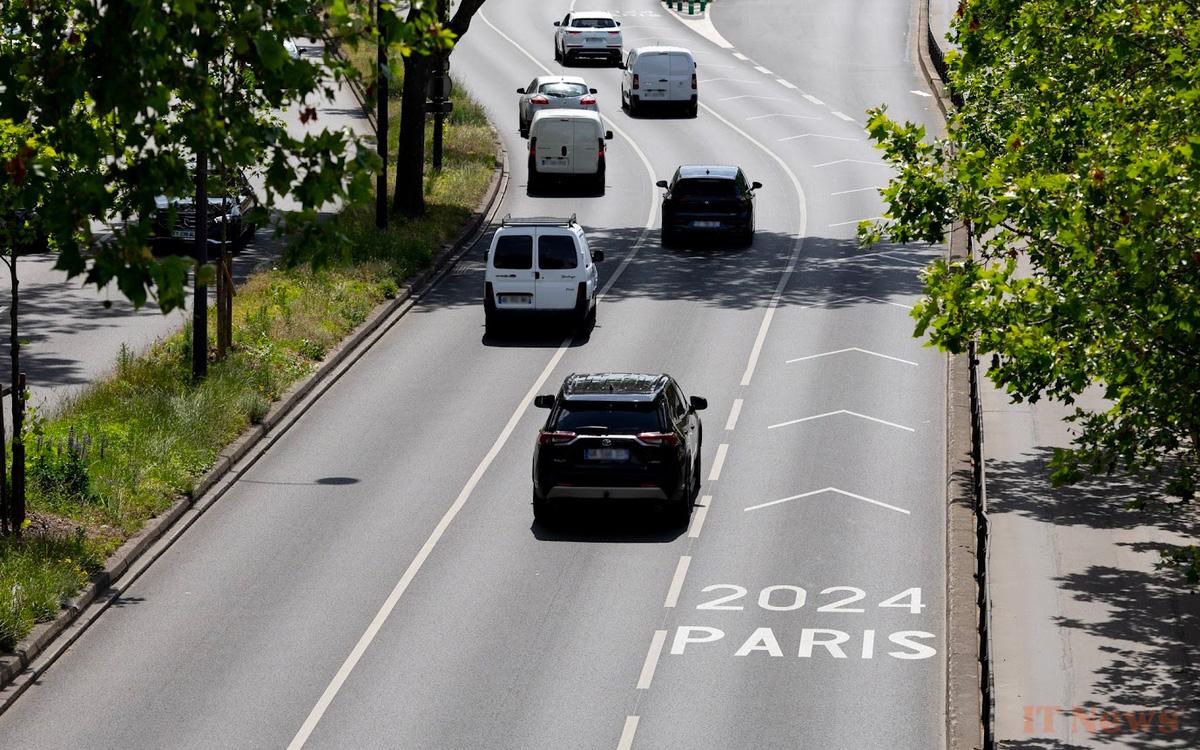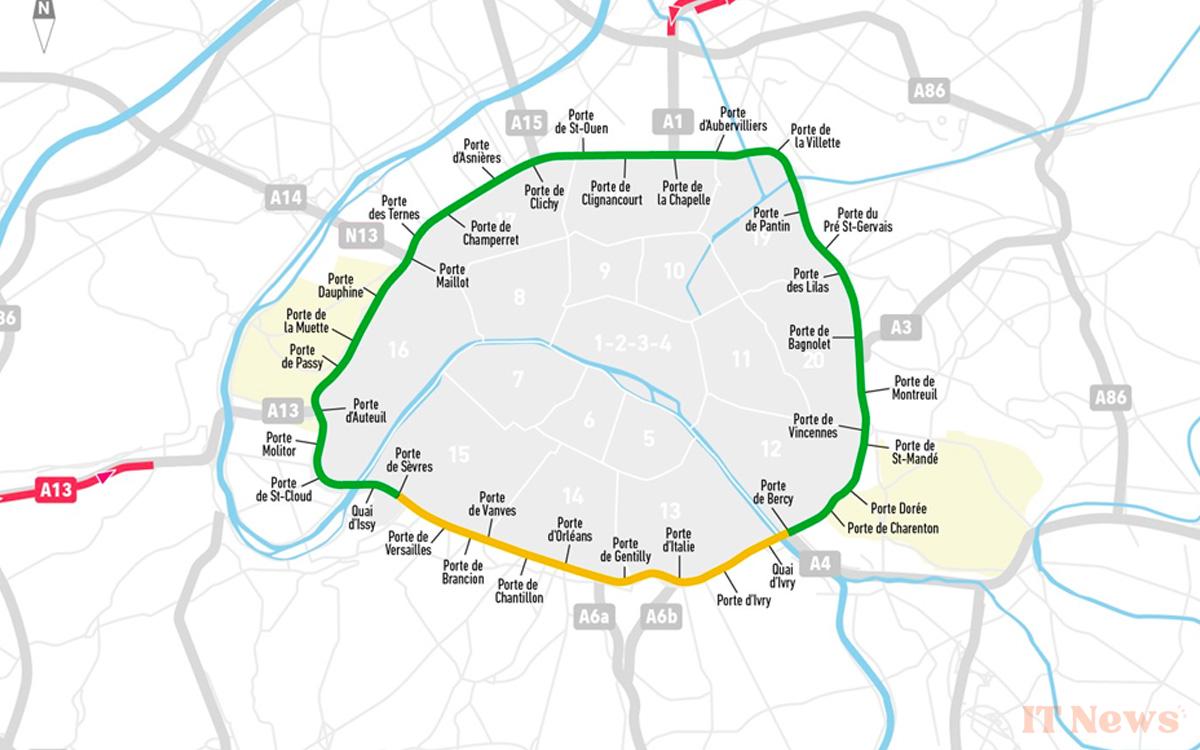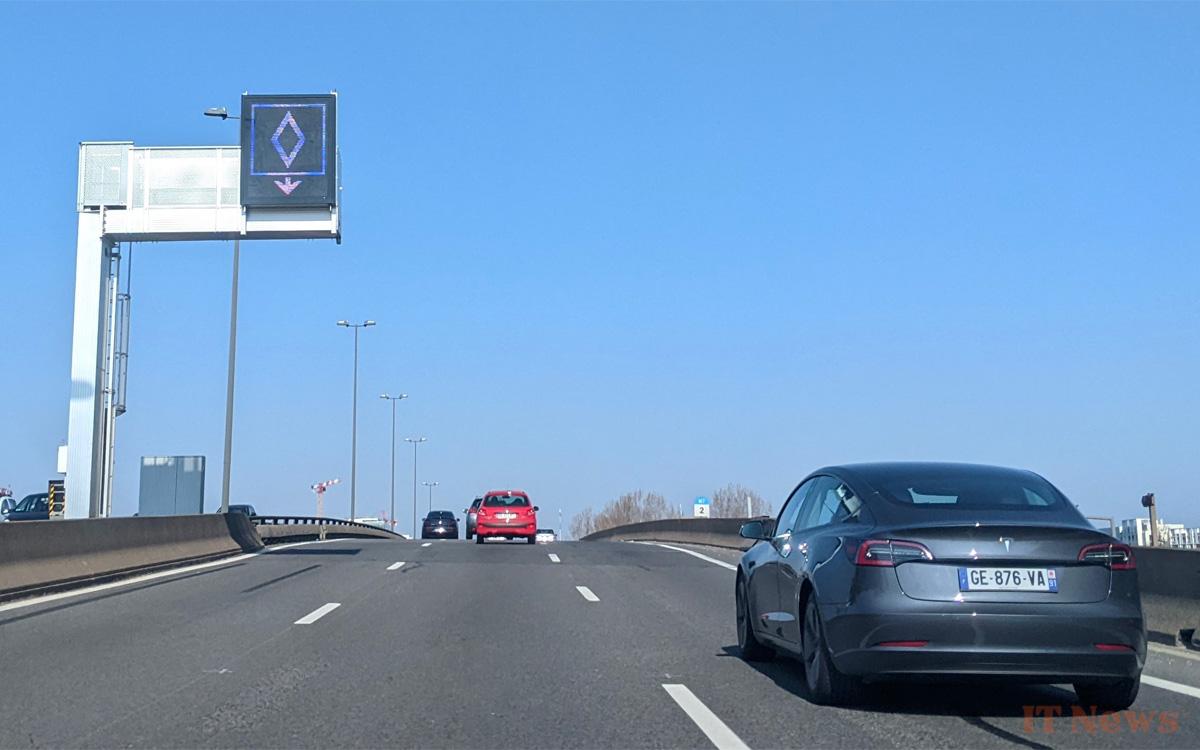From March 3, 2025, driving on the Paris ring road will be even more difficult. The reason? The entry into force of lanes dedicated to carpooling and shared mobility. A direct legacy of the last Olympic Games.
The Paris 2024 Olympic Games have given a new lease of life to many sports facilities in the capital city. The renovation work was rather appreciated by the population. On the other hand, this other legacy of the Olympics is unlikely to please the millions of motorists who use the Paris ring road every day.
For good reason, it is on this March 3, 2025 that the famous lanes dedicated to carpooling and shared mobility officially come into operation. During the competition, these special lanes, placed on the left, were reserved for the convoy of athletes and official delegations. And as we knew, the Paris city hall was determined to use them once the Olympics were over, with one goal in mind: reducing pollution around the ring road.
The figures speak for themselves, this area currently concentrates “2 to 2.5 times more ultrafine particles than on urban sites” according to the municipality. “The ring road is the busiest urban highway in Europe and it is a real health scandal. The half-million inhabitants who live on both sides of this road are exposed to levels of pollution that are still far too high,” warns Dan Lert, deputy mayor of Paris in charge of the Ecological Transition, in the columns of Monde.
Carpooling lanes are now operational
Since Monday, these lanes are only accessible to vehicles carrying at least two passengers, as well as public transport (buses, coaches, etc.), taxis, VTCs, emergency and police vehicles, and finally people with reduced mobility. For the moment, 26 kilometers of the ring road are therefore affected by this measure, namely between the Pont de Sèvres and the Porte de Bercy.
Important clarification, these lanes will be activated during certain time slots: from Monday to Friday during rush hour, between 7 a.m. and 10:30 a.m. and 4 p.m. and 8 p.m.. In other words, single drivers will be able to use them on weekends and public holidays, except in exceptional circumstances according to the town hall.
How do you know when the lanes are reserved or not? Traffic signs have already been installed on the sections concerned. As in Lyon, these signs take the form of a lit white diamond on a blue background (a sign that the lane is activated). If the sign is off, everyone can drive.
Should we expect fines?
As of today, the authorities have begun a first educational phase. To put it simply, the radars dedicated to control will “flash” offenders, but no sanctions are expected for the moment. First, the signs will remind recalcitrant drivers to change lanes.
On the other hand, fines will start to be issued on May 1, 2025. And it goes without saying that they will be hefty: 135 euros. On the other hand, no loss of points on the license.
Highways will have the right
It should be noted that in the long term, 7 of the 35 kilometers that separate the Quai d'Issy from the Porte de Bercy will also have dedicated carpooling lanes. Indeed, the city plans to put on the table 7 million euros in dynamic signage and shape radars to equip this area.
Some highways should also be affected by the measure by September 2025. This will be the case for short sections of the A13 and the A1. Here, the carpooling lanes will be on trial for 6 months. The authorities will then decide whether or not to maintain them.
Traffic jams to be expected?
As you might expect, these dedicated lanes should not help the already overloaded traffic on the Paris ring road. In an attempt to reassure motorists, the town hall assured that they could be suspended, particularly in the event of heavy congestion.
Nevertheless, overall, more traffic jams will be expected in the morning and evening for the majority of solo drivers, due to having to share 3 lanes instead of 4.







0 Comments